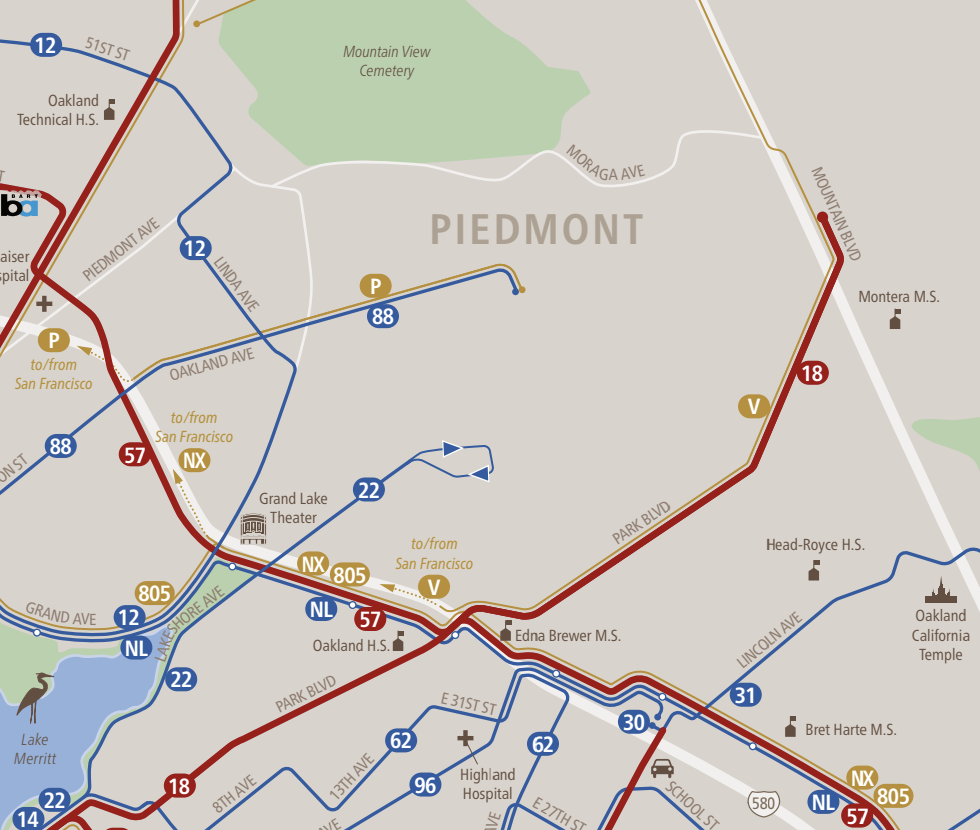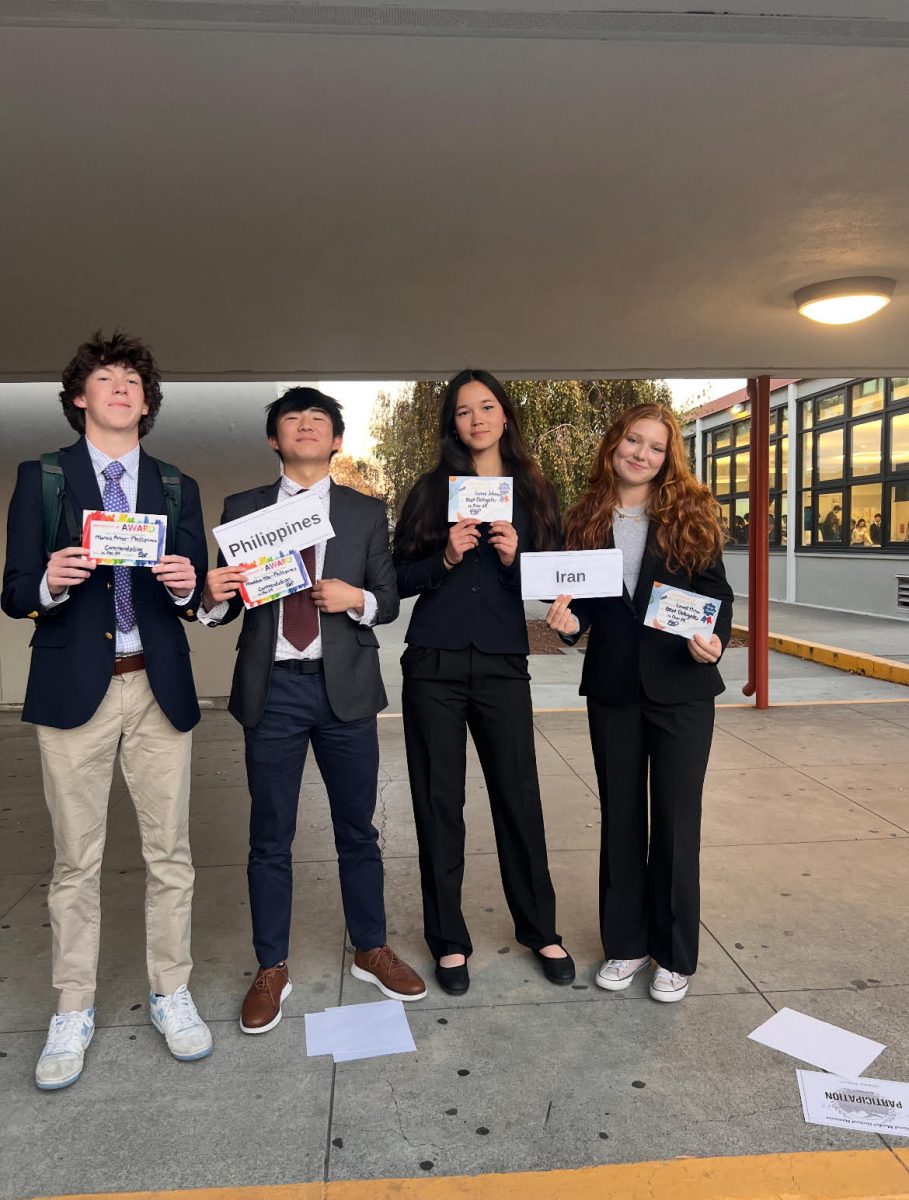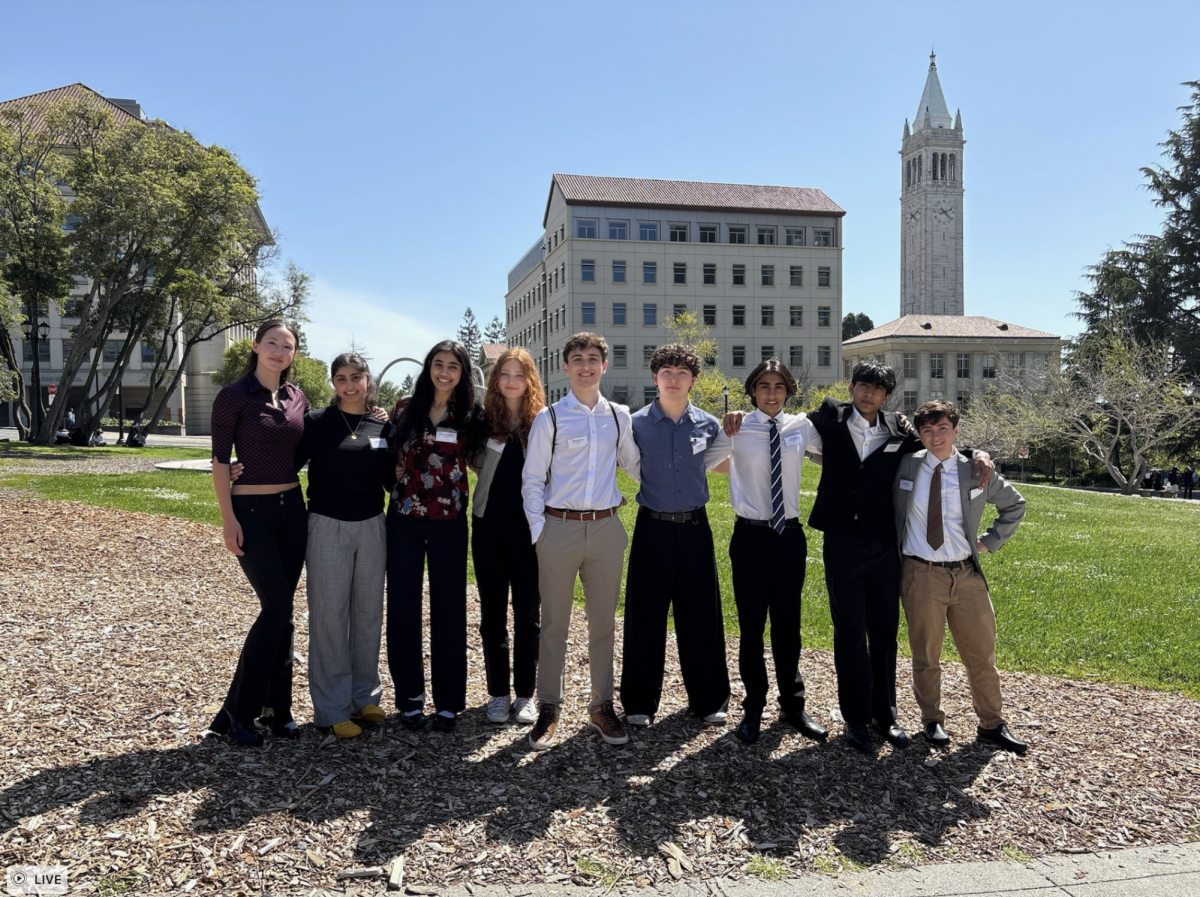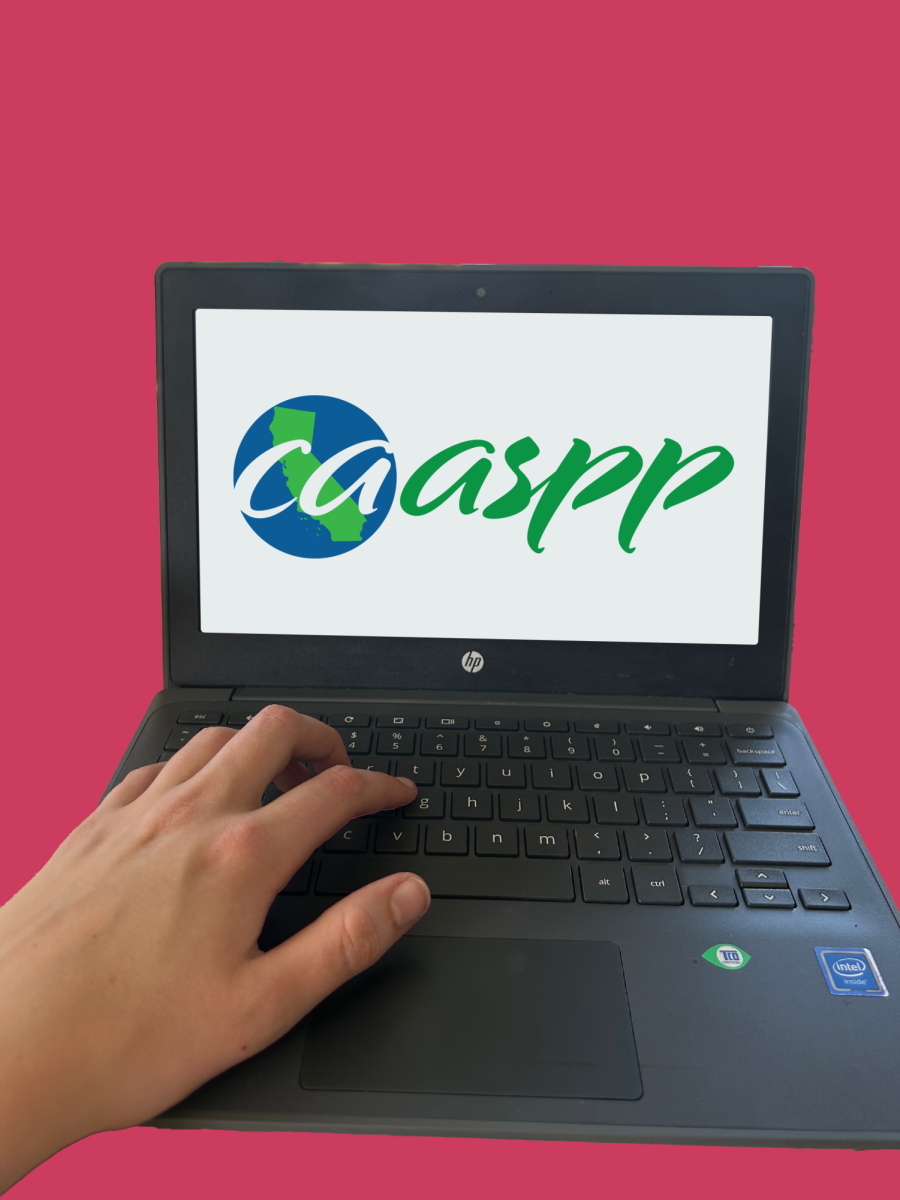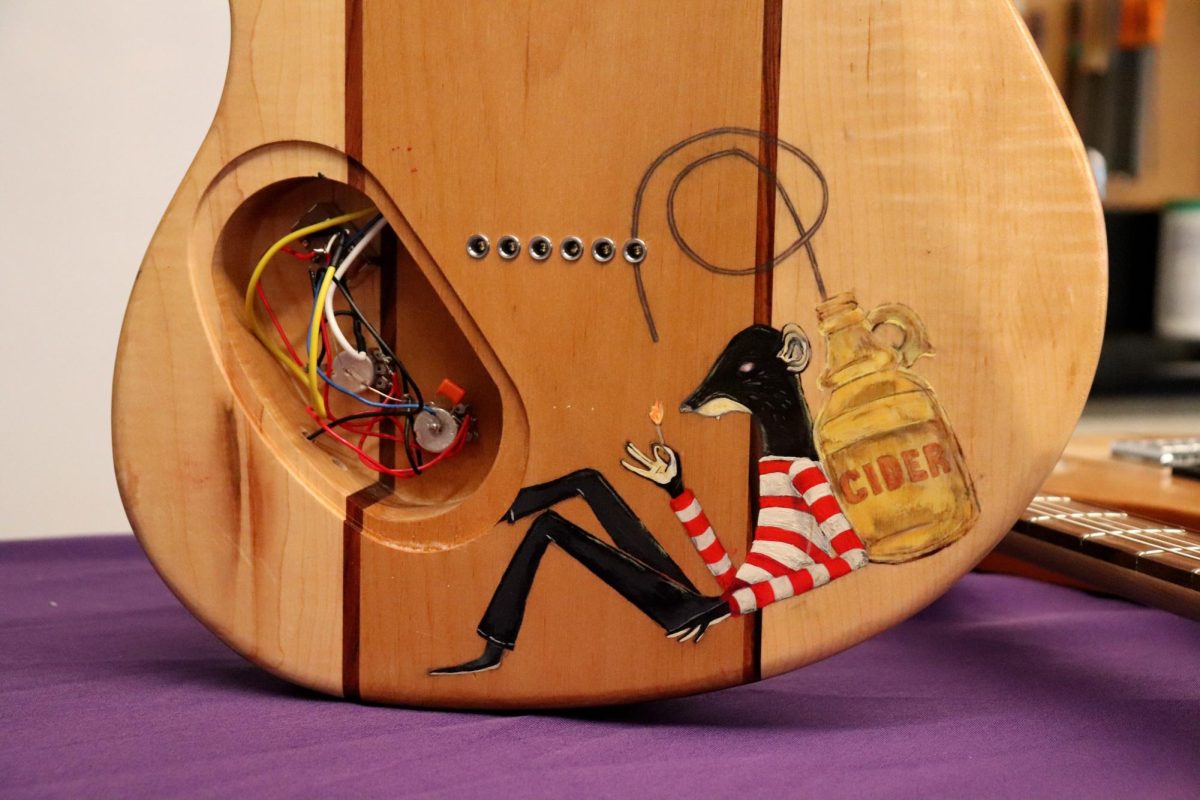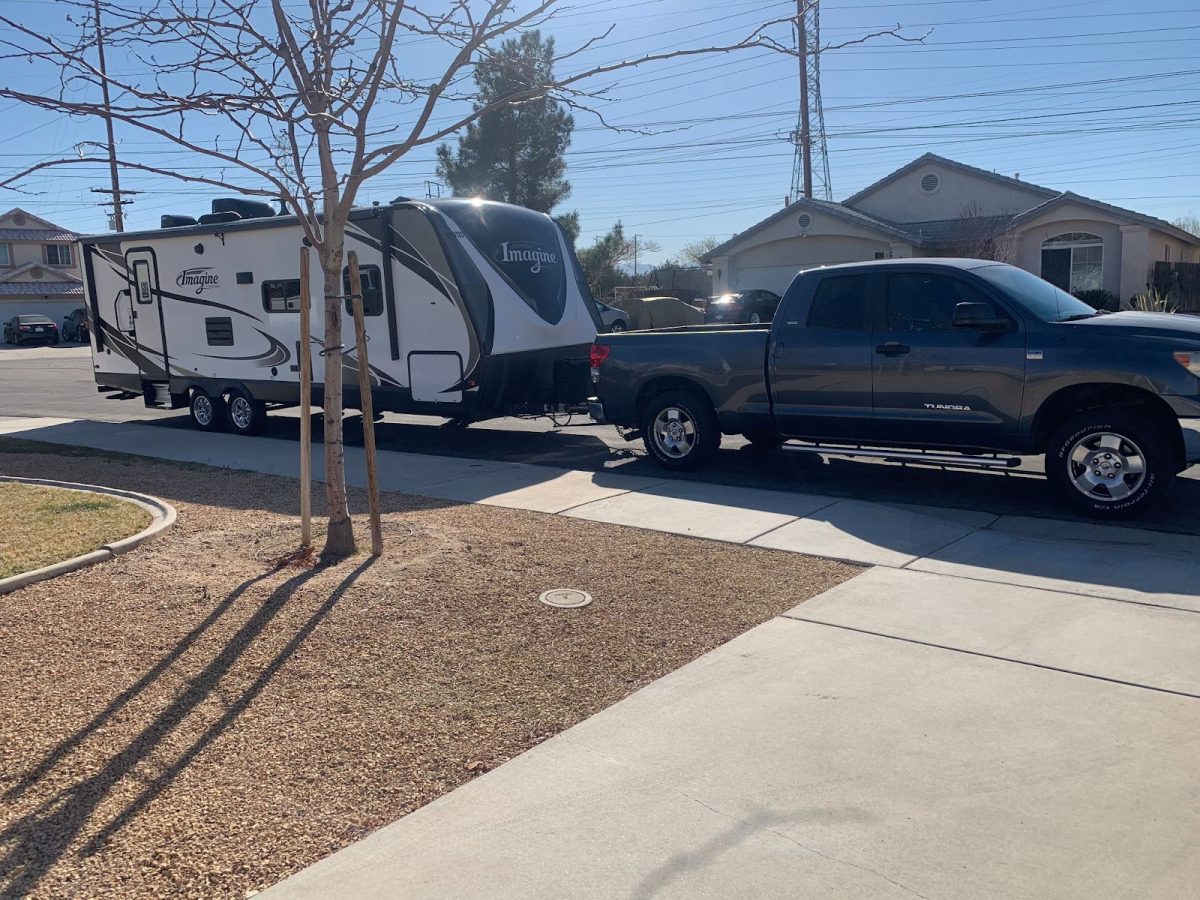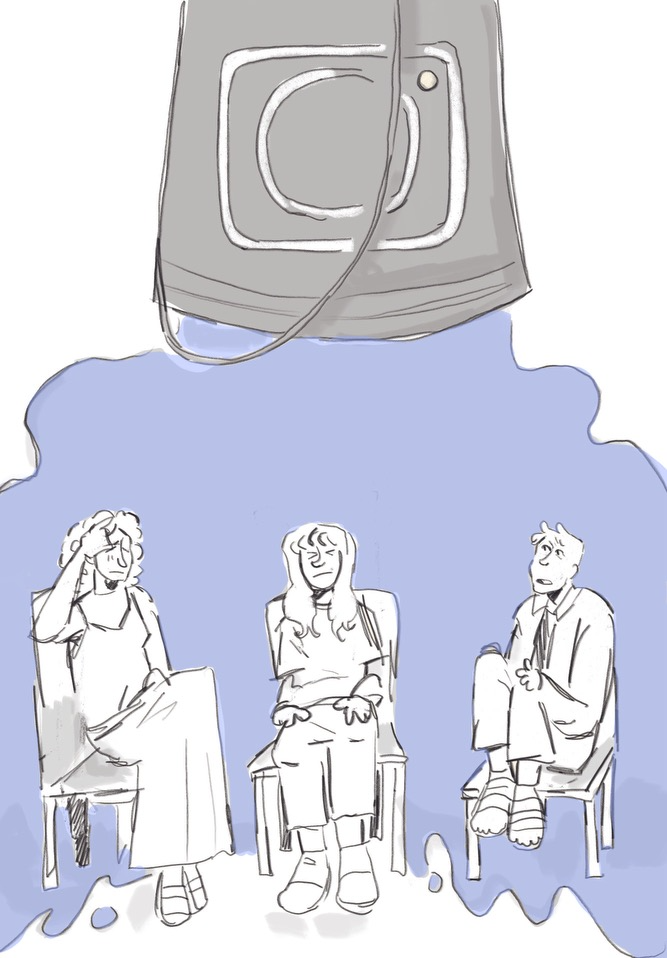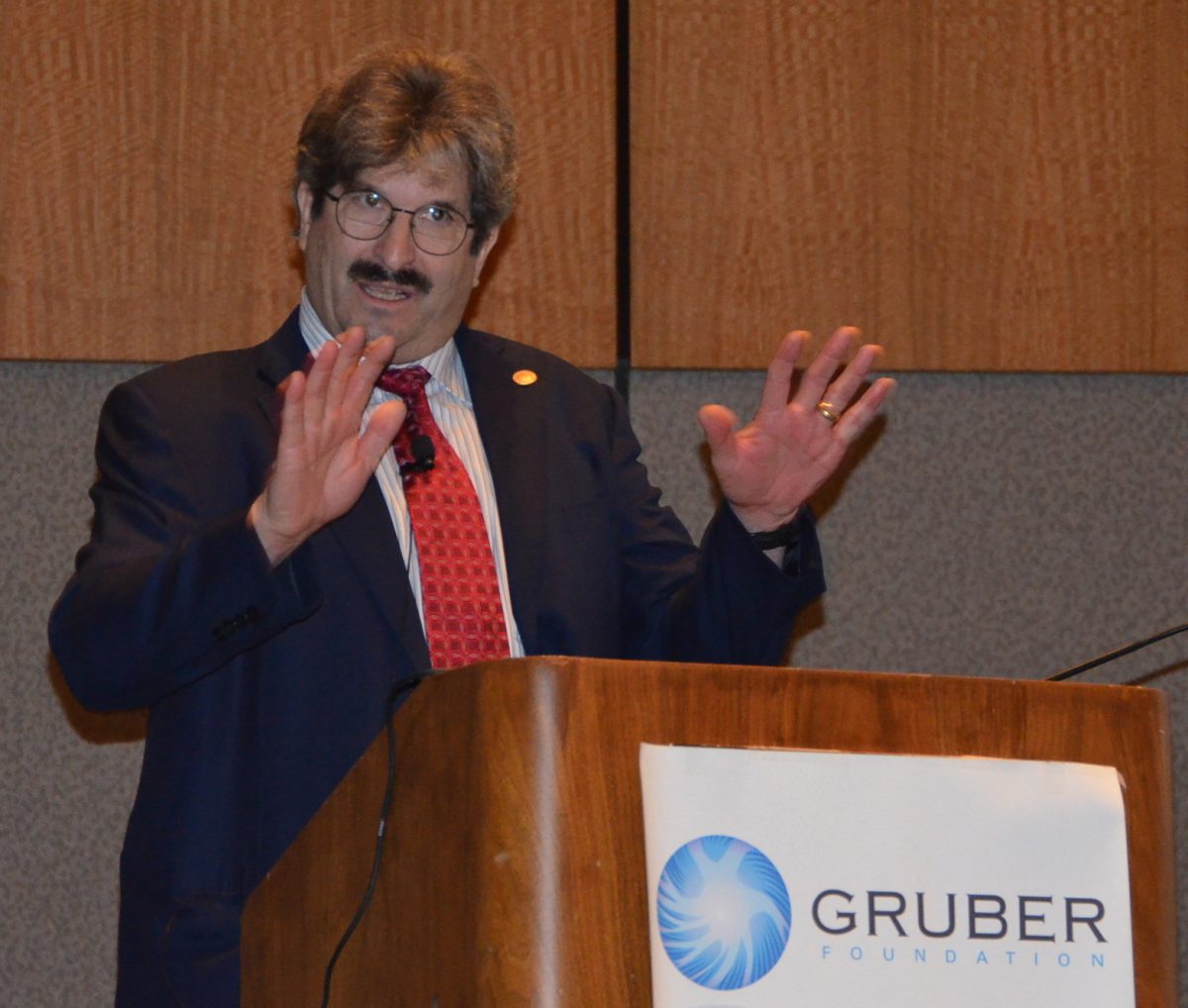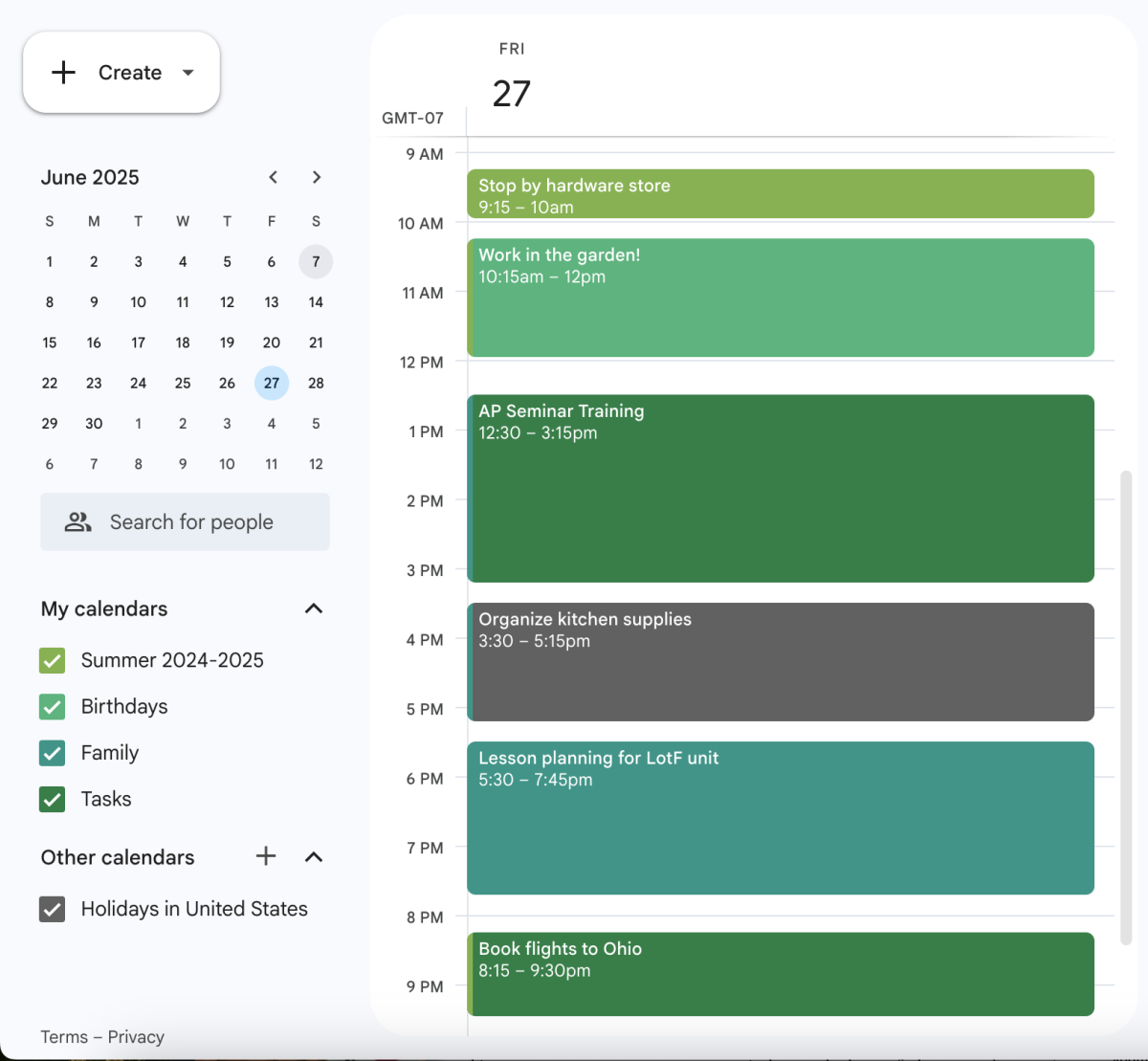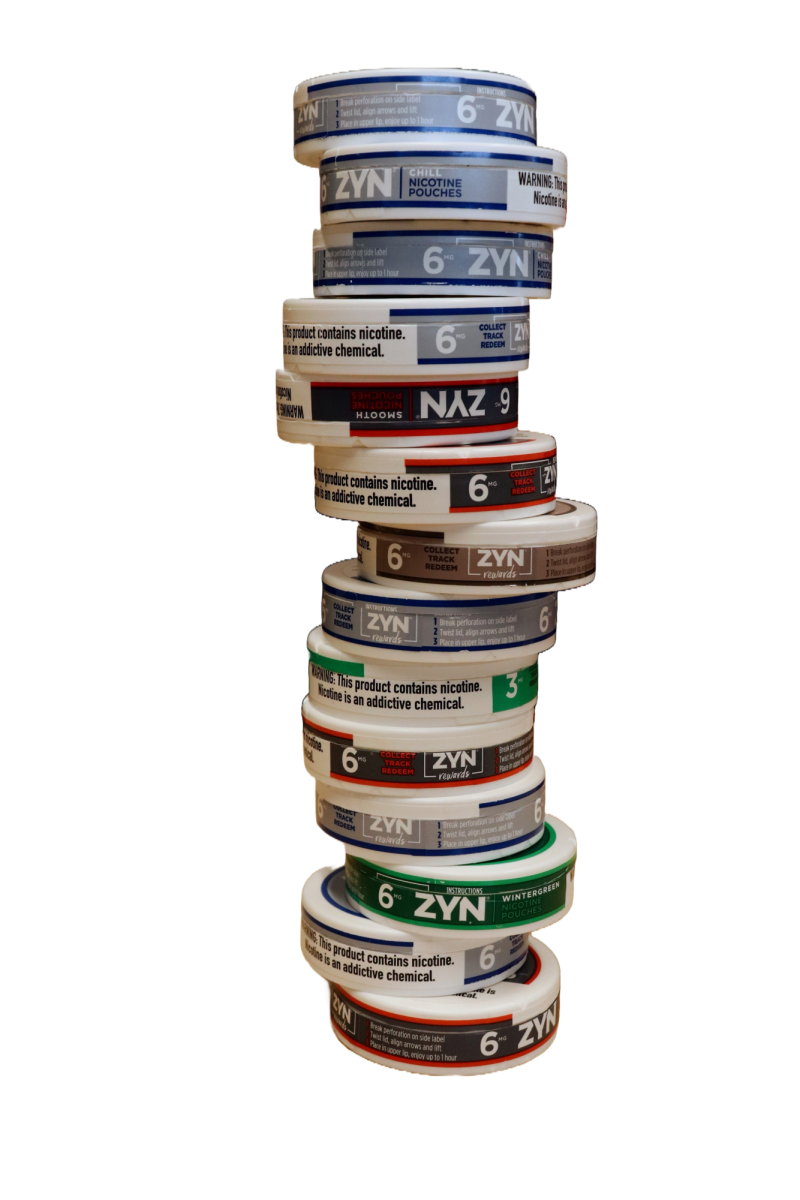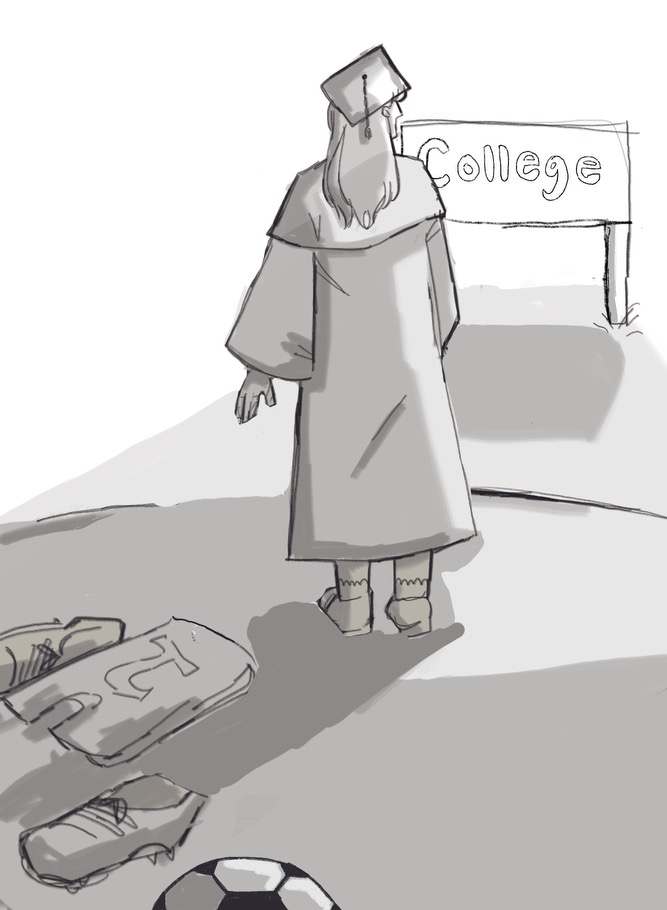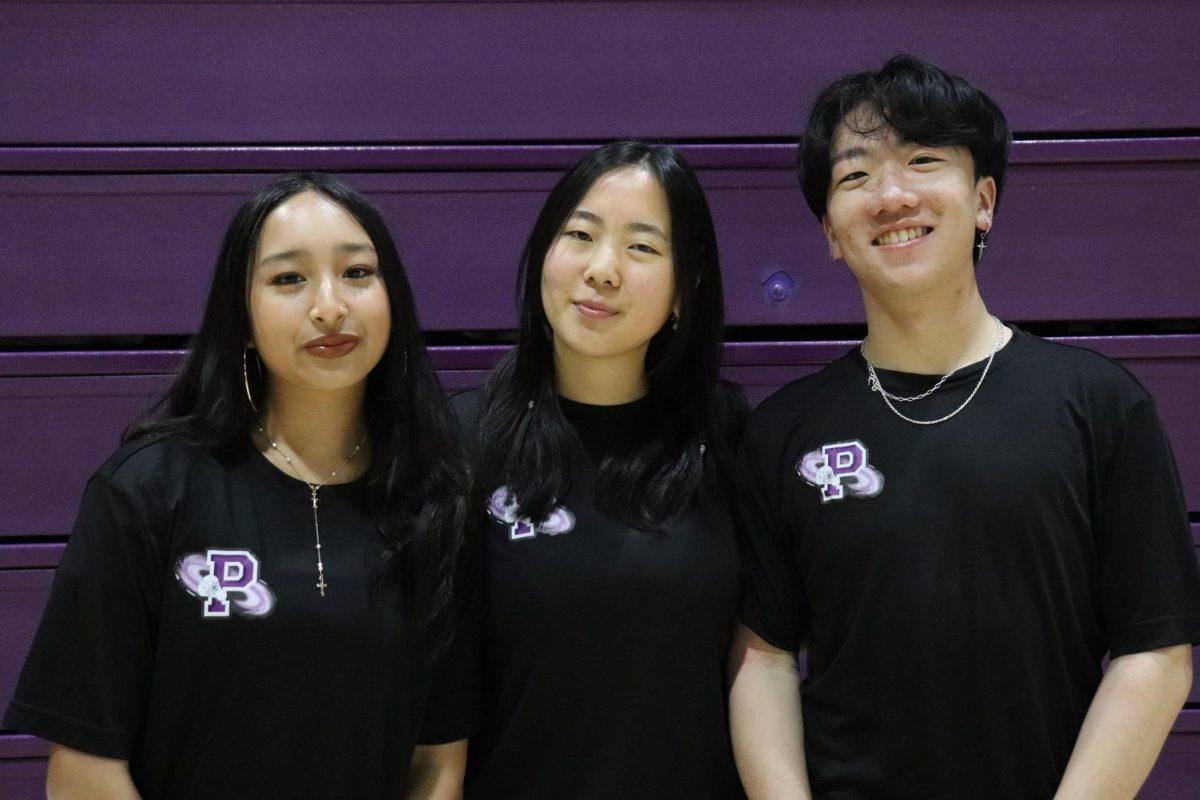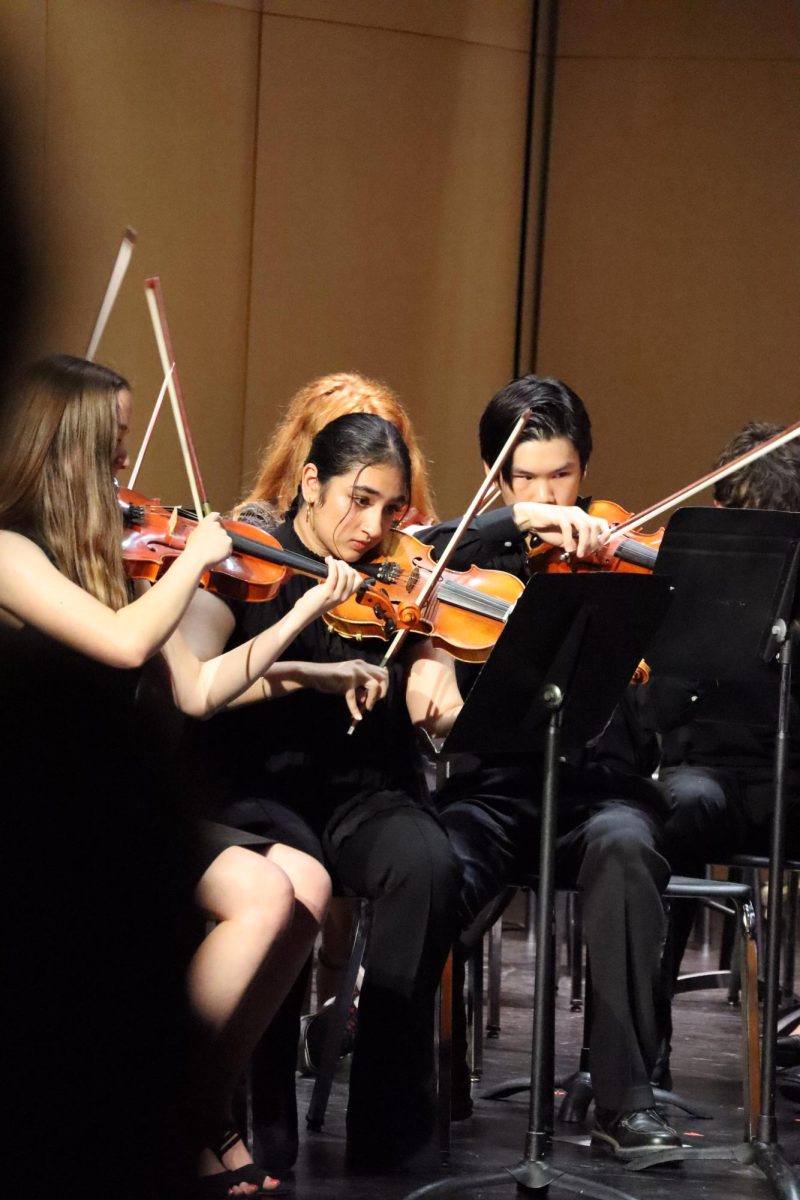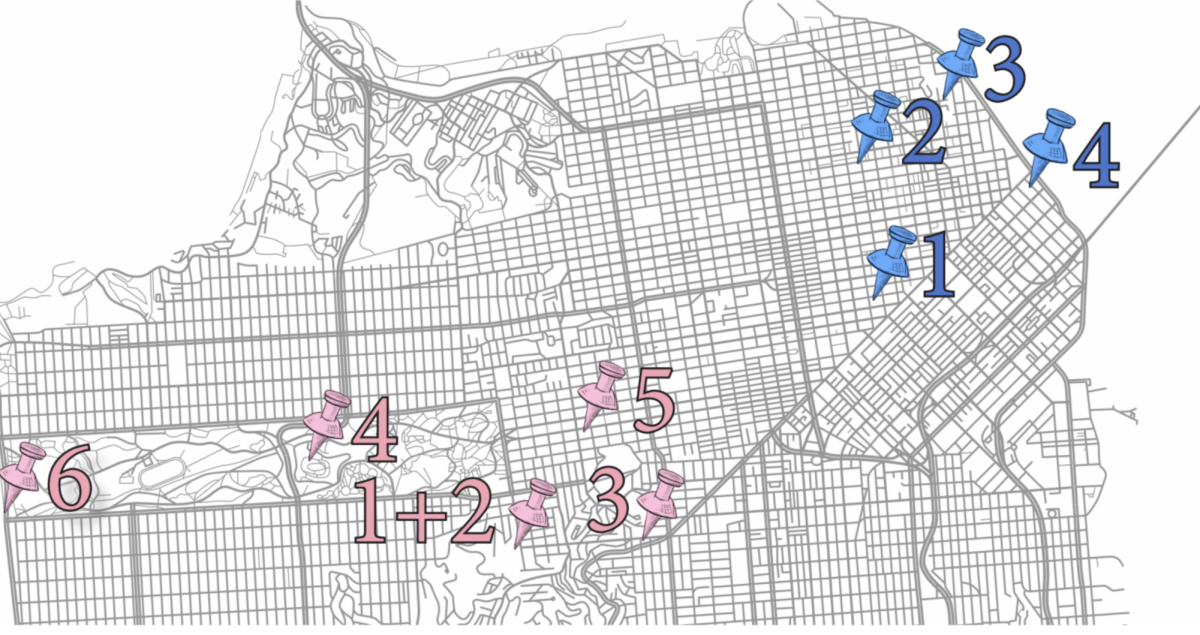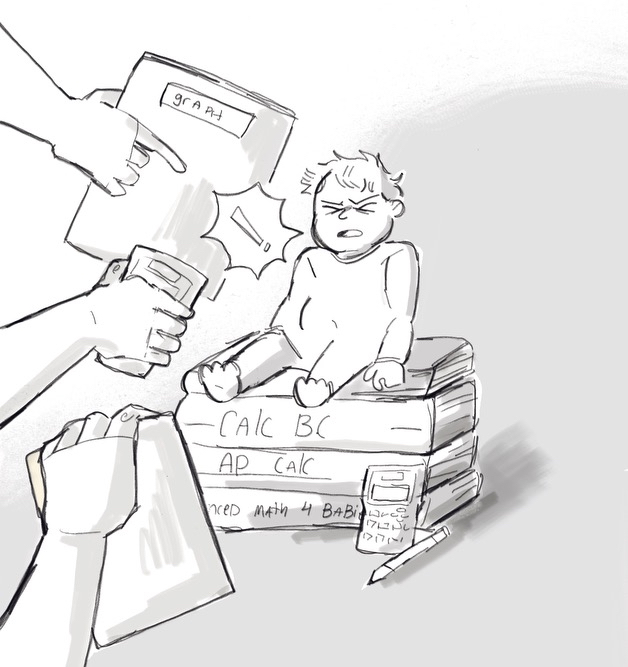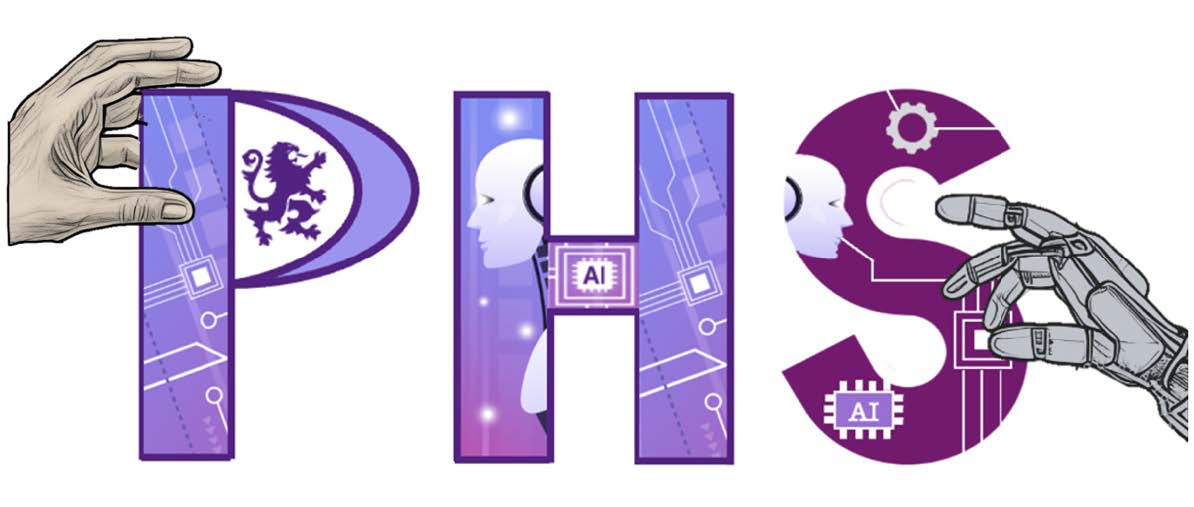According to the state of California, “special education must be provided to those students with disabilities whose educational needs cannot be met with modification of the regular instructional program.”
According to special education program specialist Carrie Poole, the special education department at PHS is divided into two sections: Learning Center, which roughly 110 students are apart of, and Home Base, which under ten students attend.
Co-chair of the PHS special education department Nick Bruno said the Learning Center at PHS focuses more on organization and study skills while Home Base has more support and focuses on life skills and fostering independence.
Principal Adam Littlefield said each student in both Home Base and Learning Center has their own IEP, Individualized Education Program, to address their specific disability, determine the amount of support the student needs, and set goals for each student since every student has different needs even if students have the same diagnosis.
Bruno said that making sure students receive the education they need requires a lot of communication between paraeducators, teachers, and parents.
“There are some students who are enrolled in schools with special education programs that are called the diploma track that are meeting all the requirements for a diploma,” Littlefield said. “There are some [students] that are on a certificate [of completion] track, meaning that within the four years, they may not be meeting all the requirements for graduation.”
Bruno said students who do not meet the requirements for graduation within four years have two options. Some high schools allow the students to stay for an extra year or two, or the student can finish their learning at a Special Education Local Plan Area (SELPA) until they are 22-years-old.
Bruno also said that special education is a relatively new field in education law with the first bill addressing learning disabilities being the 1975 Individuals with Disabilities Education Act (IDEA).
According to IDEA, “[The act’s purpose is] to ensure that all children with disabilities have available to them a free appropriate public education that emphasizes special education and related services designed to meet their unique needs and prepare them for further education, employment, and independent living.”
Assistant Principal Erin Pope said the average special education student at Piedmont High School scored better than the average student in California on CAASPP testing.
